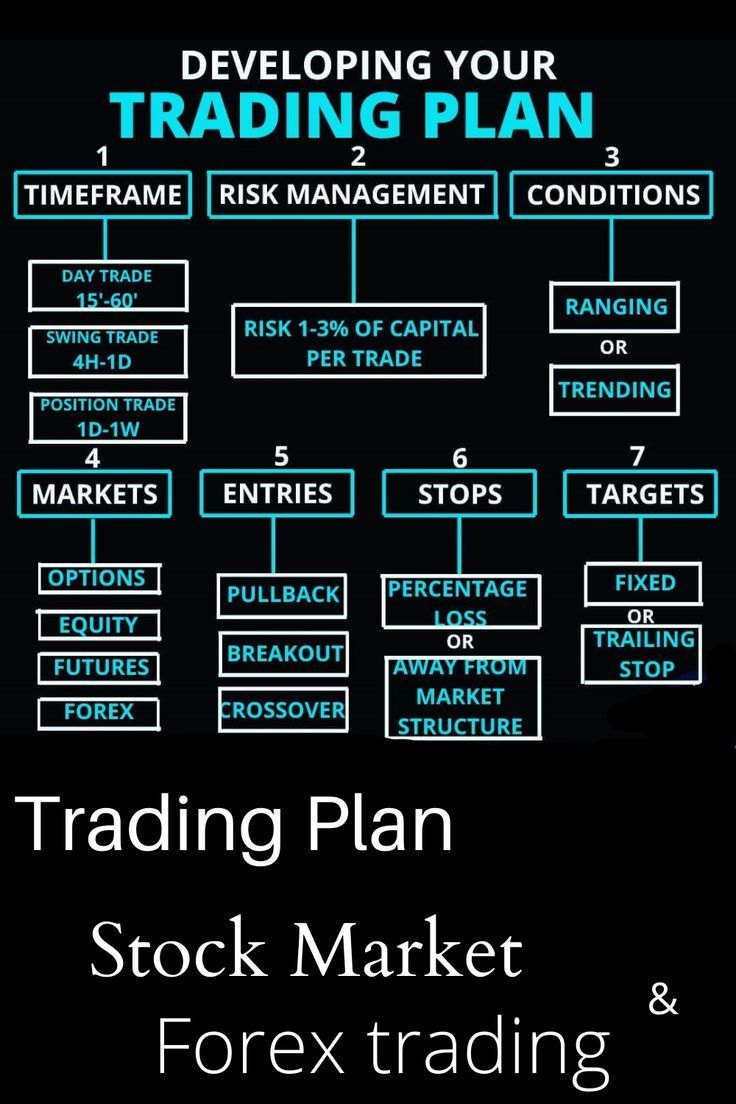Did you know that the first recorded option trade dates back to ancient Greece when philosopher Thales used them to secure a profit on olive harvests? Fast forward to today, and day trading options have evolved into a dynamic way to capitalize on market volatility. This article dives into the essentials of day trading options, exploring what they are, how they work, and the benefits and risks involved. You'll learn effective strategies and tools to get started, how to analyze options, manage risk, and avoid common pitfalls. We’ll also cover the critical aspects of choosing a broker and understanding the impact of time decay and taxes on your profits. With insights from DayTradingBusiness, you’ll be better equipped to navigate the exciting world of day trading options.
What are day trading options?
Day trading options involves buying and selling options contracts within the same trading day to profit from short-term price movements. Traders leverage these contracts to speculate on stock price changes without owning the underlying assets. Key strategies include buying call or put options and using techniques like straddles or spreads. Success relies on quick decision-making and technical analysis to capitalize on market volatility.
How does day trading options work?
Day trading options involves buying and selling options contracts within the same trading day to capitalize on short-term price movements. Traders analyze market trends and price patterns to identify potential trades. They may use strategies like buying calls or puts, or employing spreads to limit risk. Successful day traders focus on liquidity, volatility, and quick execution to maximize profits and minimize losses. It requires a solid understanding of options pricing, market conditions, and risk management.
What are the benefits of day trading options?
Day trading options offers several benefits:
1. Leverage: You can control a large amount of stock with a smaller investment, amplifying potential gains.
2. Flexibility: Options allow for various strategies, such as hedging or speculation, making it easier to adapt to market conditions.
3. High Liquidity: Many options have high trading volumes, enabling quick entry and exit from positions.
4. Defined Risk: You can limit your potential losses through strategies like buying puts or calls, providing a clearer risk profile.
5. Profit from Volatility: Options can benefit from price swings, allowing traders to profit in both rising and falling markets.
6. Limited Time Commitment: Day trading options doesn’t require holding positions overnight, reducing exposure to unexpected market moves.
What risks are associated with day trading options?
Day trading options carries several risks, including high volatility, potential for significant losses, and the complexity of options pricing. Rapid market movements can lead to substantial financial loss if trades go against you. The leverage in options can amplify gains but also magnifies losses, making it easy to lose more than your initial investment. Additionally, time decay affects options value, often resulting in losses if trades are not executed quickly. There's also the risk of emotional decision-making, which can lead to impulsive trades and further losses. Lastly, lack of experience can result in poor strategy execution and increased financial risk.
How do you get started with day trading options?
To get started with day trading options, follow these steps:
1. Educate Yourself: Learn the basics of options, including terminology and strategies. Resources like books and online courses can be helpful.
2. Choose a Broker: Select a brokerage that offers a user-friendly platform, low commissions, and access to options trading.
3. Open an Account: Complete the application process and fund your trading account. Ensure it’s suitable for options trading.
4. Develop a Strategy: Create a trading plan that outlines your goals, risk tolerance, and specific strategies, like buying calls or puts.
5. Practice with a Simulator: Use a demo account to practice trading without risking real money. This helps you refine your skills and strategies.
6. Start Small: Begin by trading a small number of contracts to manage risk and gain experience.
7. Monitor the Market: Stay updated on market trends, news, and economic indicators that can impact options prices.
8. Review and Adjust: Regularly evaluate your trades and strategy, making adjustments based on performance and market conditions.
These steps will help you effectively start day trading options.
What strategies are effective for day trading options?
Effective strategies for day trading options include:
1. Identify Volatile Stocks: Focus on stocks with high volatility to maximize potential profits.
2. Use Technical Analysis: Analyze charts and indicators like moving averages and RSI to spot entry and exit points.
3. Implement a Defined Strategy: Use strategies like straddles or strangles to capitalize on price movements.
4. Set Clear Risk Management: Establish stop-loss orders to limit losses and manage your risk-reward ratio.
5. Monitor News and Events: Keep an eye on earnings reports and economic news that could impact stock prices.
6. Practice with Paper Trading: Test your strategies in a simulated environment before committing real money.
7. Stay Disciplined: Stick to your trading plan and avoid emotional decisions.
These strategies can enhance your day trading options approach, increasing your chances of success.
What tools do you need for day trading options?
For day trading options, you need a reliable trading platform, a high-speed internet connection, and a computer with adequate processing power. Essential tools include real-time market data feeds, charting software, and technical analysis tools. Additionally, having a solid brokerage account that offers low commissions and fast execution is crucial. Risk management tools, such as stop-loss orders, and a trading journal for tracking your trades will also enhance your strategy.
How do you analyze options for day trading?

To analyze options for day trading, start by examining the underlying asset's price movement. Look for stocks with high volatility and significant volume. Use technical analysis tools like moving averages, RSI, and candlestick patterns to identify trends and entry points. Monitor news and earnings reports that could impact price. Evaluate option greeks—especially delta and gamma—to understand price sensitivity. Finally, set clear risk management rules with stop-loss orders to protect your capital.
What are the best options to day trade?

The best options to day trade include highly liquid stocks, ETFs, and options on those securities. Look for options with tight bid-ask spreads, high open interest, and volatility. Popular choices are tech stocks like Apple or Tesla, ETFs like SPY or QQQ, and index options. Focus on stocks with news catalysts or earnings reports for greater movement. Always use risk management strategies to protect your capital.
How Do Options Work in Day Trading?
Day trading options involves buying and selling options contracts within a single trading day to capitalize on short-term price movements. Key aspects include understanding options pricing, selecting the right strategies, managing risk, and employing technical analysis for decision-making.
Learn more about: Understanding Options in Day Trading
How can you manage risk in day trading options?
To manage risk in day trading options, use these strategies:
1. Set Stop-Loss Orders: Establish clear stop-loss levels to limit potential losses on each trade.
2. Position Sizing: Only allocate a small percentage of your trading capital to each trade to minimize impact.
3. Diversify Trades: Spread your investments across different options to reduce exposure to a single asset.
4. Use Options Strategies: Consider strategies like spreads or straddles to hedge against risk.
5. Monitor Market Conditions: Stay informed about market trends and news that could affect your trades.
6. Limit Leverage: Use leverage cautiously to avoid magnifying losses.
7. Emotional Discipline: Stick to your trading plan and avoid impulsive decisions based on emotions.
Implementing these strategies can help you effectively manage risk in day trading options.
What are common mistakes in day trading options?
Common mistakes in day trading options include:
1. Lack of a Plan: Trading without a clear strategy can lead to impulsive decisions.
2. Ignoring Volatility: Not accounting for market volatility can result in unexpected losses.
3. Overleveraging: Using too much leverage increases risk and can wipe out your account quickly.
4. Poor Risk Management: Failing to set stop-loss orders can lead to larger-than-expected losses.
5. Chasing Losses: Trying to recover losses by making desperate trades often results in bigger losses.
6. Neglecting Fundamentals: Overlooking the underlying asset’s performance can misguide your trades.
7. Emotional Trading: Allowing emotions to drive trading decisions can cloud judgment and lead to mistakes.
8. Inadequate Research: Not doing enough homework on market trends and options can lead to uninformed trades.
Learn about Common Mistakes in Day Trading Momentum Strategies
How do you choose a broker for day trading options?
To choose a broker for day trading options, consider these key factors:
1. Commission Fees: Look for low or zero commissions on options trades to maximize profits.
2. Trading Platform: Ensure the platform is user-friendly and offers advanced tools like real-time data and charting features.
3. Execution Speed: Choose a broker known for fast execution speeds to capitalize on quick market movements.
4. Margin Requirements: Check the broker’s margin policies to understand how much capital you need for day trading.
5. Customer Service: Opt for a broker with strong support options, as quick assistance can be critical during trades.
6. Research and Education: A broker that provides educational resources and market research can help improve your trading strategies.
Evaluate these aspects to find the best broker for your day trading options needs.
Learn about How to Choose a Forex Broker for Day Trading
What is the importance of time decay in options trading?
Time decay, or theta, is crucial in options trading because it measures how the value of an option decreases as it approaches its expiration date. For day traders, understanding time decay helps in assessing potential profits and losses. Options lose value over time, especially out-of-the-money options, which can erode gains quickly. Traders often capitalize on this by selling options to profit from the inevitable decline in value. Managing time decay effectively can enhance strategy and improve the chances of successful trades.
How can you develop a day trading plan for options?

To develop a day trading plan for options, follow these steps:
1. Define Your Goals: Set clear profit targets and risk tolerance levels.
2. Select Your Strategy: Choose a strategy that suits your trading style, like buying calls/puts or using spreads.
3. Research and Analyze: Use technical analysis, charts, and indicators to identify potential trades.
4. Create Entry and Exit Rules: Specify conditions for entering and exiting trades, including stop-loss and take-profit levels.
5. Choose Your Tools: Select a reliable trading platform with real-time data and fast execution.
6. Practice with Paper Trading: Test your plan in a simulated environment to refine your approach without financial risk.
7. Review and Adjust: Regularly analyze your trades to identify strengths and weaknesses, adjusting your plan as necessary.
By following these steps, you can create a structured day trading plan for options that aligns with your financial goals.
Learn about How to Develop a Futures Day Trading Plan
What is the best time to trade options during the day?
The best time to trade options during the day is usually in the first hour after the market opens, from 9:30 AM to 10:30 AM EST. This period often sees high volatility and volume, making it ideal for quick trades. Another good time is the last hour before the market closes, around 3 PM to 4 PM EST, when traders adjust their positions. Focus on these times for better pricing and opportunities.
How do taxes affect day trading options profits?
Taxes can significantly impact day trading options profits. Short-term capital gains, which apply to options held for less than a year, are taxed at ordinary income rates, often higher than long-term capital gains rates. This means if you make substantial profits from day trading options, you'll pay more in taxes. Additionally, frequent trading can lead to increased tax liability due to the cumulative nature of short-term gains. It's essential to factor in these tax implications when calculating your net profit from day trading options. Using tax-loss harvesting strategies can help offset some gains, but understanding your tax bracket is crucial for accurate profit assessment.
Learn about How to Use Technical Analysis for Options Day Trading
Conclusion about Day Trading Options: What You Need to Know
In summary, day trading options offers a dynamic way to engage with the markets, but it requires a solid understanding of strategies, risk management, and market analysis. By leveraging the right tools and knowledge, traders can capitalize on potential profits while navigating the inherent risks. For comprehensive insights and guidance on mastering day trading options, consider exploring the resources provided by DayTradingBusiness.
Learn about Day Trading Stocks: What You Need to Know